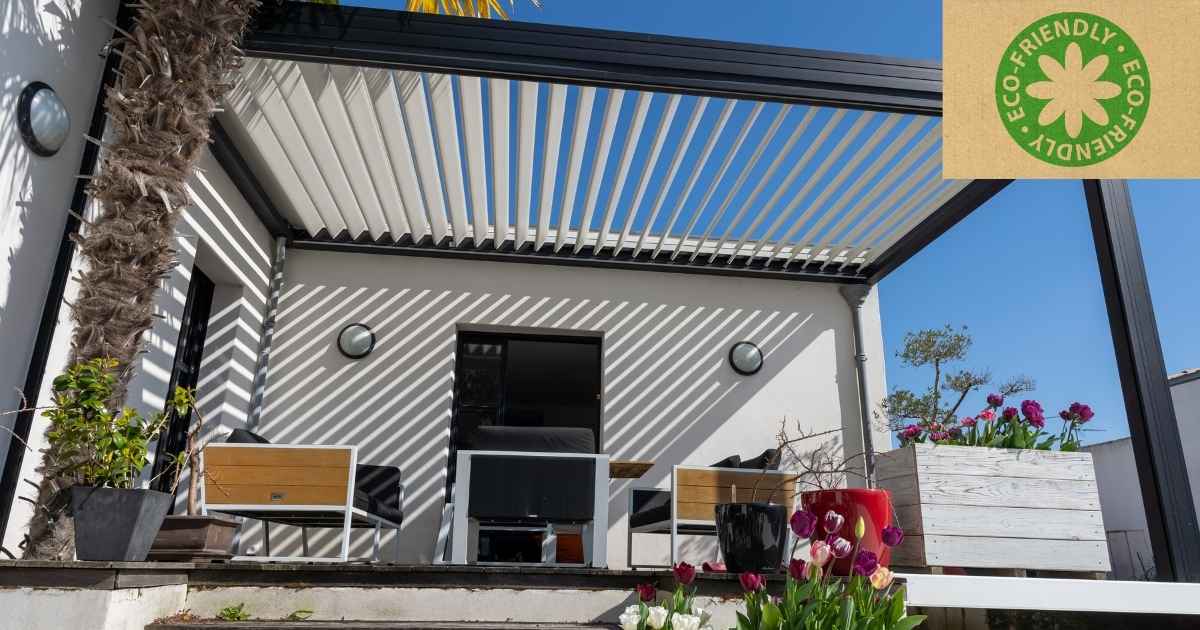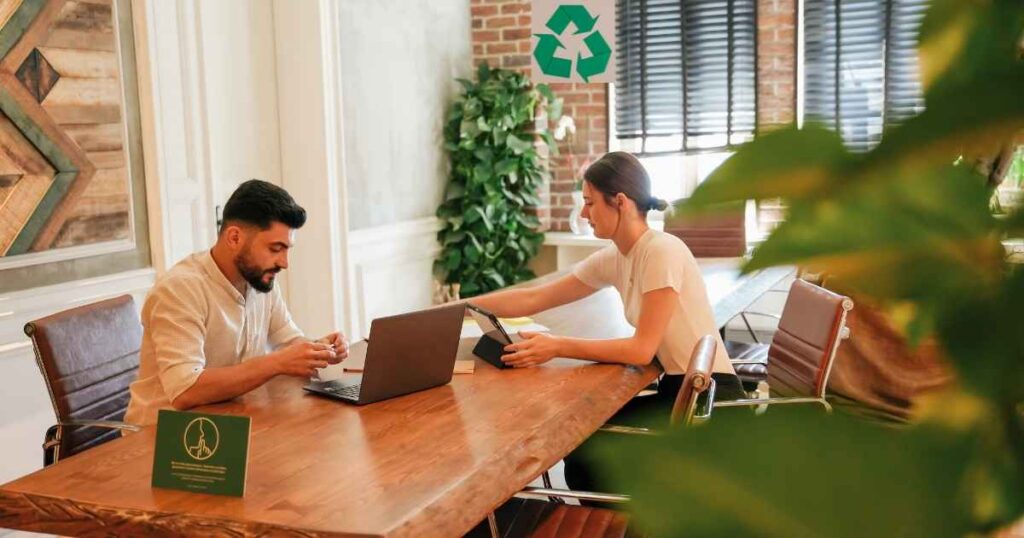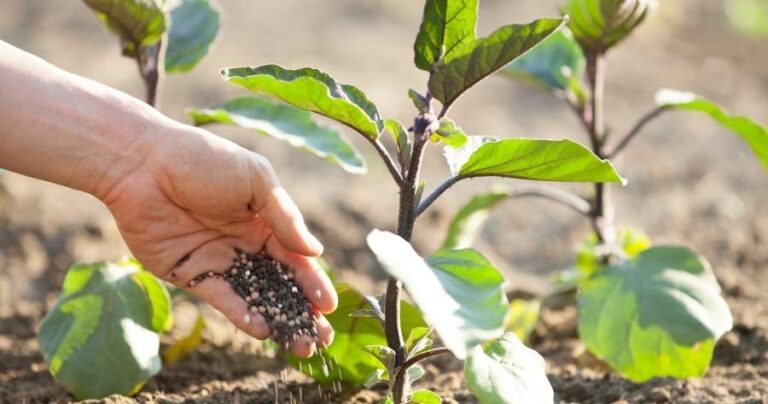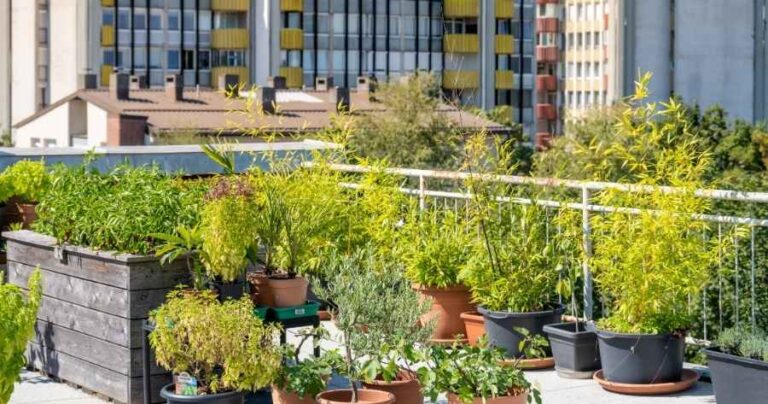
The shift toward eco-conscious living isn’t just a trend, it’s a necessity. But going green doesn’t have to mean installing solar panels or completely redesigning your home. In fact, the most impactful changes often start with small, simple decisions.
This guide shares 7 practical and affordable ways to make your home more eco-friendly, starting today. These changes don’t require massive investment, just a little awareness and commitment.

1. Switch to LED or Smart Lighting
Lighting may seem basic, but it has a major impact on your energy usage. Traditional incandescent bulbs consume a lot of electricity and burn out quickly. LED bulbs use up to 80% less energy and can last over 20 years with regular use.
If you want to take it a step further, invest in smart bulbs that can be scheduled to turn off automatically or dim when not needed. This not only saves energy but also adds convenience to your routine.
Bonus Tip:
Use natural light during the day by keeping curtains open. It improves mood and reduces the need for artificial lighting.
2. Reduce Single-Use Plastic in the Home
From plastic bags to food wrappers, our homes are flooded with single-use plastic. These materials end up in landfills or oceans, taking hundreds of years to decompose.
What you can do:
- Use reusable shopping bags made from cotton or jute
- Store food in glass containers instead of plastic
- Replace cling film with beeswax wraps
- Use refillable water bottles and coffee cups
Even small swaps can dramatically cut down your household waste over time.
3. Unplug Devices and Use Energy-Efficient Appliances
Appliances and electronics consume energy even when turned off, it’s called phantom power. Your microwave, TV, and chargers draw electricity just by being plugged in.
Simple fixes:
- Unplug devices when not in use
- Use a power strip to disconnect multiple gadgets at once
- Choose energy-efficient appliances (look for Energy Star ratings) when replacing old ones
Switching to energy-saving gadgets reduces electricity bills and helps the environment.
4. Reuse, Repurpose, and Recycle Mindfully
A huge part of living sustainably is rethinking how we use what we already have. Instead of throwing things out, consider how they might be repurposed.
Examples:
- Glass jars → storage for spices or buttons
- Old t-shirts → cleaning rags
- Shoeboxes → drawer organizers
- Newspapers → compost or gift wrap
And when you must dispose of something, separate waste correctly; plastic, paper, metal, e-waste and support local recycling initiatives.
5. Switch to Natural or DIY Cleaning Products
Store-bought cleaning products often contain harsh chemicals that pollute the air inside your home and damage water systems when washed down the drain.
Safe DIY cleaners:
- Vinegar + baking soda = great for toilets, sinks, and tiles
- Lemon + salt = natural scrub for cutting boards and kitchen surfaces
- Castile soap + essential oils = a gentle all-purpose cleaner
Not only are these safer for the environment, but they’re also cheaper and non-toxic for kids and pets.
6. Start a Mini Indoor Garden or Grow Your Own Food
You don’t need a huge backyard to start growing your own herbs or vegetables. Whether you live in a small apartment or a suburban home, an indoor or balcony garden reduces your carbon footprint and adds beauty to your space.
Easy plants to grow at home:
- Herbs: basil, mint, thyme, rosemary
- Veggies: lettuce, tomatoes, peppers (in pots or containers)
- Houseplants: snake plant, aloe vera, pothos (great for air purification)
Growing your own food means fewer store visits, less packaging waste, and more control over what you eat.
7. Conserve Water the Smart Way
Water is one of our most precious resources, and it’s easy to waste it without realizing.
How to reduce water waste:
- Fix dripping faucets and leaking toilets
- Use low-flow showerheads and aerators on taps
- Collect rainwater for watering plants
- Turn off taps while brushing teeth or washing dishes
Even small efforts, like running only full loads in your washing machine or dishwasher, can lead to significant water savings.
Bonus Ideas to Take It Further (Optional)
- Install solar-powered outdoor lights
- Use eco-friendly paint with low VOCs when repainting
- Buy second-hand furniture instead of brand new
- Support local and sustainable brands for home goods
- Use compost bins to reduce kitchen waste (even on balconies)
Conclusion
Going green isn’t about perfection, it’s about progress. Every choice you make toward sustainability, no matter how small, contributes to a cleaner, healthier planet and a more mindful lifestyle.
Start with one or two of these eco-friendly changes, and as they become habits, keep building. Your wallet, your home, and the Earth will all thank you.




